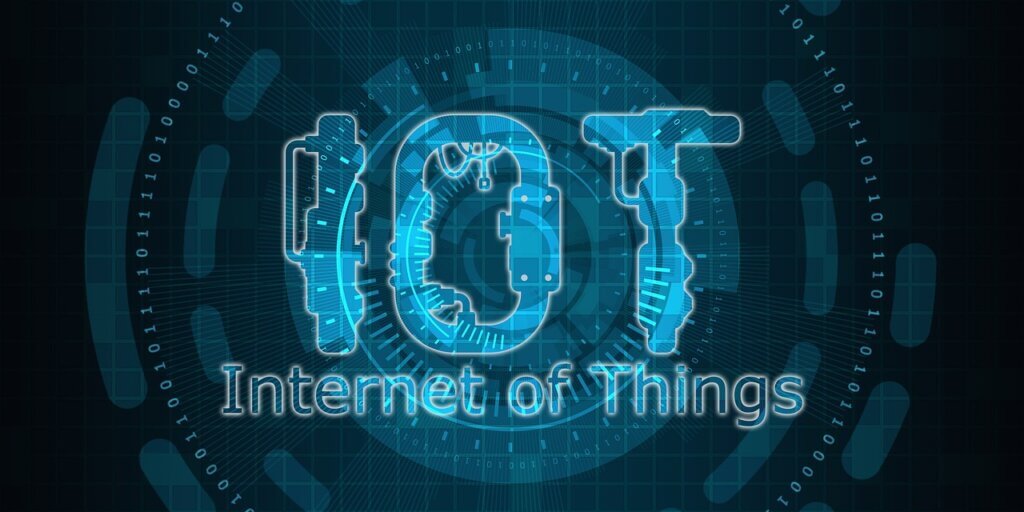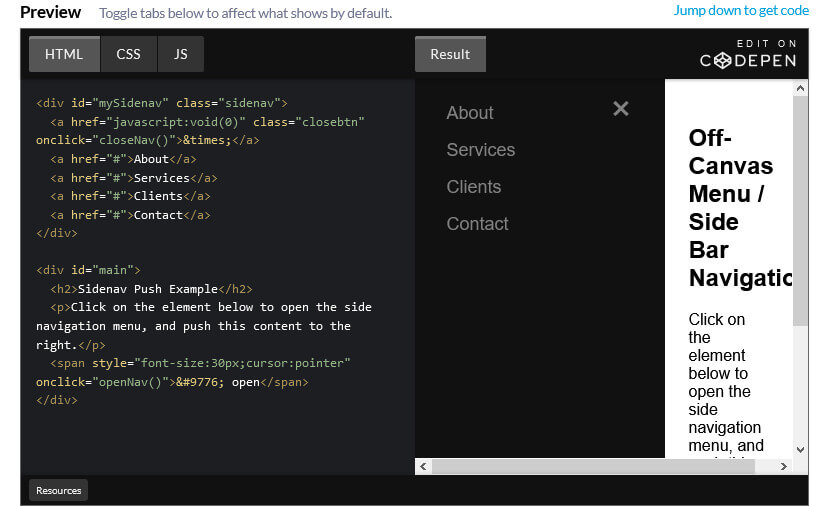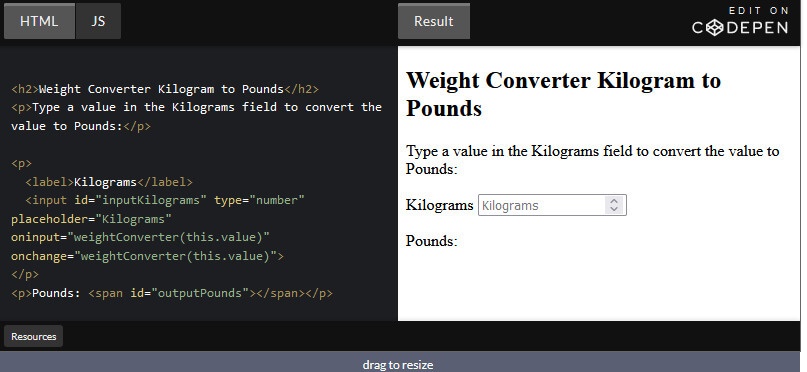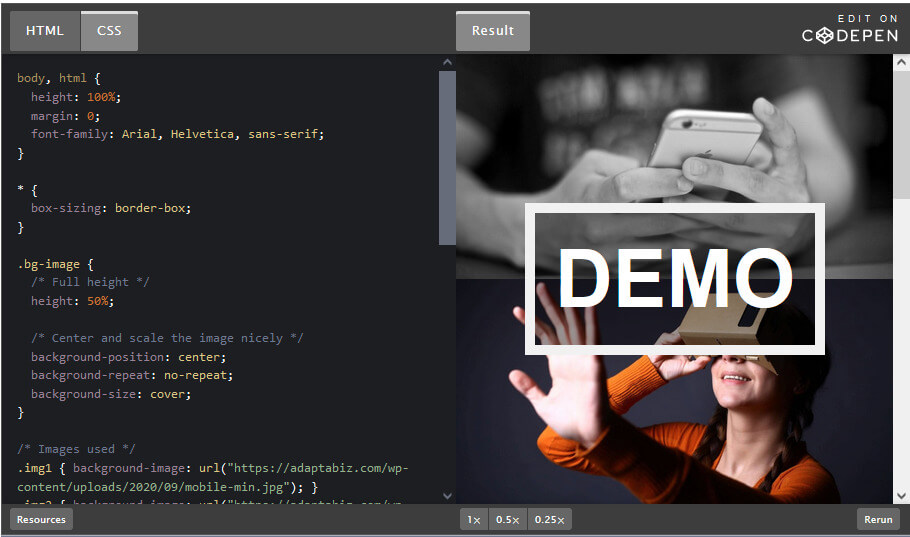Over the years, the use of technology in the healthcare industry has been rapidly growing providing the industry to be more efficient, cost-effective, and better patient outcomes. With the introduction of IoT, the healthcare industry is looking at more safer and productive- with remote monitoring and telemonitoring as main applications in the broader scope of telemedicine. Thus, the implementation of IoT would benefit the industry experts as well as the consumers.
Not only will the right diagnosis lessen the need for hospitalization but it will also lessen your hospital bills. Technology can help you move the routines of your medical check-up as well- from the hospital (hospital-centric) to the patient’s home (home-centric)
Learn about industries using the Internet of Things
Benefits with the Internet of Things (IoT)
There are many ways in which the IoT can help grow the healthcare sector. Some of the beneficial aspects of IoT in the healthcare industry are as follows:

Real-time monitoring- It helps doctors to get the patient details every second and can save lives in event of a medical emergency like heart failure, diabetes, asthma attacks, etc.
Supply chain management- Hospitals need a secure supply chain for medications and other supplies. Attaching IoT sensors to drugs and medical supplies can be an effective solution to counterfeit products from the market which can lead to poor patient outcomes, medical emergencies, and even death.
Tracking and alerts- For those with chronic health conditions like obesity, cancer, and arthritis, healthcare is a daily concern. IoT-connected devices can keep track of various medical details, and with these devices, patients can regularly check their information to make sure nothing is wrong. Doctors can also monitor and drop notifications or alerts about critical parts. Reports and alerts give a firm opinion about a patient’s condition, irrespective of place, and time.
Affordability- IoT can improve efficiency in the healthcare industry by reducing costs while maintaining quality care. Technology-driven setup can bring down the cost and cut down unnecessary visits, utilize better quality resources, and improve the allocation and planning.
Research- Research is the most important factor in making advancements in the healthcare industry and IoT can be used for research purposes in healthcare with the massive amount of data collection about the patient’s illness which would have taken many years if done manually.
The Challenges of IoT Adoption :
Worldwide demand for IoT technologies continues to climb, with a growing number of organizations looking to adopt or expand their use of IoT. Resulting to increase numbers of connections and mass data collection. So, beyond the hype around this confluence of technologies, there are significant challenges, from security challenges to the perils of high customer expectations. Some of the key challenges include large investment needs and uncertainty about the Return on Investment (ROI), data securities issues, and lack of qualified employees.
Conclusion
As the latest technologies keep on getting introduced in the healthcare sector, the promise of IoT is enormous, and it has significantly progressed and also now being used in a variety of ways. IoT is changing the way the facilities are delivered to the healthcare industry. Busy lifestyle and technological advancements both collectively are focussed on providing more comfort and convenience to patients as well as the doctors.









